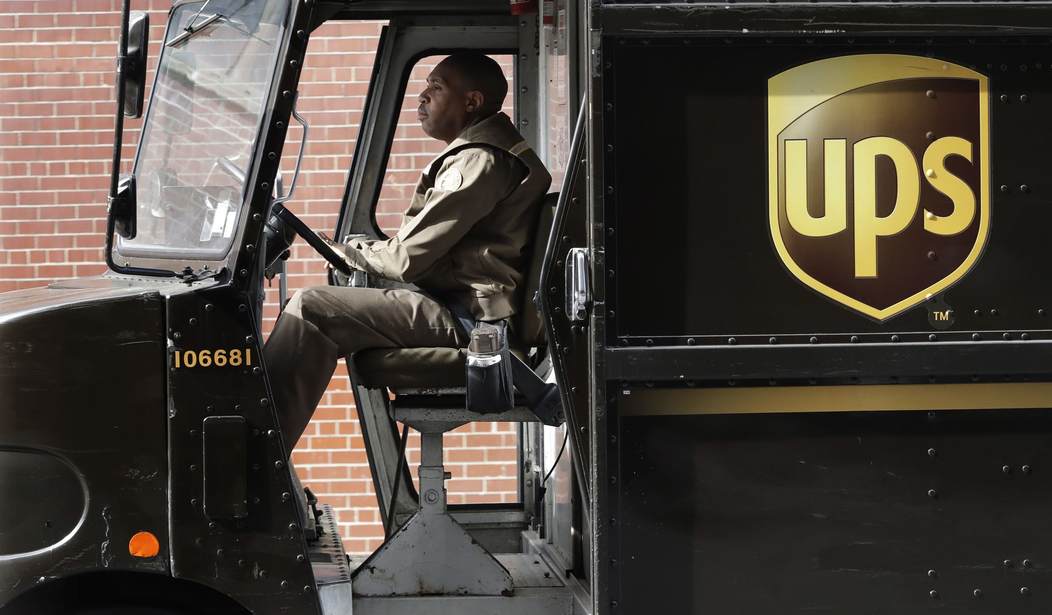For much of the summer, shipping giant UPS had the threat of a Teamsters strike looming over its head. Fortunately for all parties involved, UPS and the Teamsters Union avoided the strike with just days to spare.
At the time, I wrote about the potential damage that the strike could do to UPS’ business. By the company’s own admission, it would only have been able to handle about 22% of its daily business under its strike contingency plans.
Avoiding the strike saved UPS from losing that much business, but the mere threat of a strike wound up costing the company a significant amount of volume. Recent earnings statements show that UPS lost nearly 10% of its volume over the second quarter.
“Average daily volume in UPS’ domestic segment, its largest, dropped 9.9% in the second quarter, compared to the 2022 period,” Freighwaves reports. “There was more parcel diversion in July than the company expected, though the losses weren’t as severe as in June.”
The carrier estimated that about a million packages went to competing shippers, and it may have missed out on another 200,000 packages. UPS also surmised that the lost business went in equal thirds to FedEx, the U.S. Postal Service, and regional shipping competitors.
Revenue dropped as well, with Freightwaves reporting that “Second-quarter revenue for the company’s domestic segment, its largest, fell to $14.3 billion from $15.4 billion, while adjusted operating profit dropped to $1.85 billion from $1.68 billion. Average daily volume fell 6.9% year over year.”
Related: 99-Year-Old Trucking Company Shuts Its Doors
Profit was down in the second quarter of the year as well.
“Consolidated operating profit was $2.8 billion, down 21.4% compared to the second quarter of 2022, and down 18.4% on an adjusted basis,” UPS noted in a press release. “Diluted earnings per share were $2.42 for the quarter; adjusted diluted earnings per share of $2.54 were 22.8% below the same period in 2022.”
But UPS is confident that it can rebound from a difficult quarter. The company reduced business costs over the quarterly by nearly $900 million, and it foresees volume and revenue going back to normal as the year progresses.
“UPS said it expects that by the end of 2023 it will return average daily volumes to even with December 2022 levels,” Freightwaves reports. “For the second half of 2023, it expects average daily volumes to be down by single-digit percentages year over year.”
CEO Carol B. Tomé expressed similar confidence, telling analysts on Tuesday that she anticipates volume rising back to pre-strike-threat levels. She is also putting all hands on deck to bring in new business as well, hoping to increase sales by $7 billion by year’s end. She referred to a “control tower” operation to bring in new clients.
“UPS is stronger than ever,” Tomé said in the corporate press release. “Looking ahead, we will stay on strategy to capture growth in the most attractive parts of the market and make our global integrated network even more efficient.”
It’s an awfully bold level of certainty for a company that barely avoided a debilitating strike. But since UPS is local to me and I have friends who work there, I’m rooting for its rebound. Here’s hoping it can overcome a tough quarter.










Join the conversation as a VIP Member